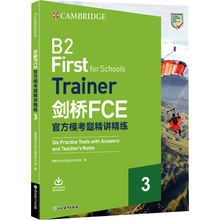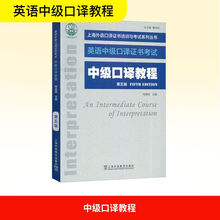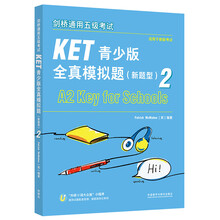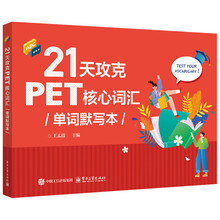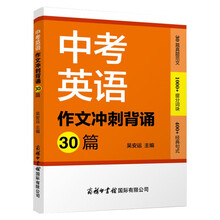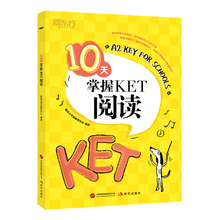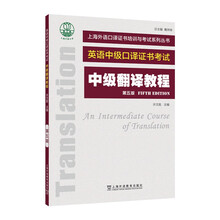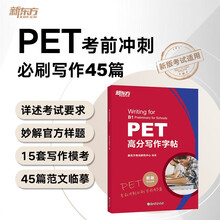Traditional Chinese medicine says that good health is associated with the balance of qi —— an energy force that flows through the body. Qi can be hindered or helped by yin and yang-opposing forces that, when balanced, work harmoniously together. According to traditional theory, the goal of acupuncture is to promote the flow of qi by keeping yin and yang in balance-and this is done by inserting needles at various points along primary channels and meridians that crisscross the body.
In China, acupuncture is used to alleviate postoperative pain. Medical experts believe that inserting needles into the body at precise points can stimulate nerves that cause the brain to release its natural pain-killing chemicals. There is sufficient evidence in the literature that shows a positive effect between the technique of acupuncture itself-stimulating these acupuncture points in the skin-and the release of substances in the brain which we know to be associated with the relief of pain.
The U.S. National Institute of Health has endorsed acupuncture for treating certain types of nausea, vomiting and pain, such as the nausea sort of sickness that a patient suffers when given an anesthetic for surgery, or treated with chemotherapy, or the vomiting or nausea that accompanies pregnancy, or post-operative dental pain. We have come to the very clear-cut sort of decision that treatment under these circumstances really works.
Our principal concern in evaluating acupunctures effectiveness has been the so-called Placebo effect —— the possibility that beneficial outcomes derive not from the treatment itself, but from the patients belief that it works.
We got around the problem by measuring brain chemistry during acupuncture. Drugs were administered to block the brains natural opiates while the patient was undergoing needle stimulation. As a result of the opiate blockage, the acupuncture had no effect in stopping pain —— proving that theres physiological mechanism to acupuncture that goes beyond mere belief.
Acupuncture is widely employed in easing cravings and withdrawal pains of heroin addicts. 40% of the drug courts in the United States use acupuncture as part of their therapy. In the Miami system alone there are close to four hundred treatments per day.
In some countries, such as Sweden, the doctors have achieved success with acupuncture in treating the effects of stroke. Those stroke patients getting acupuncture along with physical therapy did a lot better than those getting physical therapy alone.
Those differences are significant for walking and balance activities of daily living and quality of life at various times-three months, six months and twelve months. And I think, most importantly perhaps, there was a savings of 26 thousand dollars per acupuncture patient because they had reduced stays in rehabilitation facilities.
Studies show that one of the key benefits of acupuncture that seems to be emerging from various studies is that it has few, if any, side effects;and that when used with standard drug treatment-in anesthesia, for example-it allows physicians to cut back on medication, delivering the same level of benefit with fewer negative effects.
第一篇 Passage 1
Ladies and gentlemen,
Its my great pleasure to give you a brief introduction to Chinas traditional medicine, known as "traditional Chinese medicine" (TCM).
Traditional Chinese medicine originated with Shennong, the celebrated herbal medicine master of ancient China who lived about 6,000 years ago, a time which is believed to be the embryo stage in the development of traditional Chinese medicine.
Huang Di s Classic of Internal Medicine, the theoretical work on TCM that emerged in the Warring States Period (475 - 221 B. C. ), marks the establishment of Chinese medicines unique theoretical system. To date, this classic work is still considered as the theoretical basis guiding traditional Chinese medicine.
Shennongs Herbal Classic, the famous TCM work that sums up medical experiences prior to the Qin (221 - 207 B. C. ) Dynasty, records 365 varieties of medicinal herbs and classifies them into three categories in accordance with their respective primary treatments, functions and toxic character. This is the earliest pharmacopoeia ever found in China.
During its long process of evolution, the TCM science has gradually developed, yielding a complete set of medical principles and concepts.
展开


